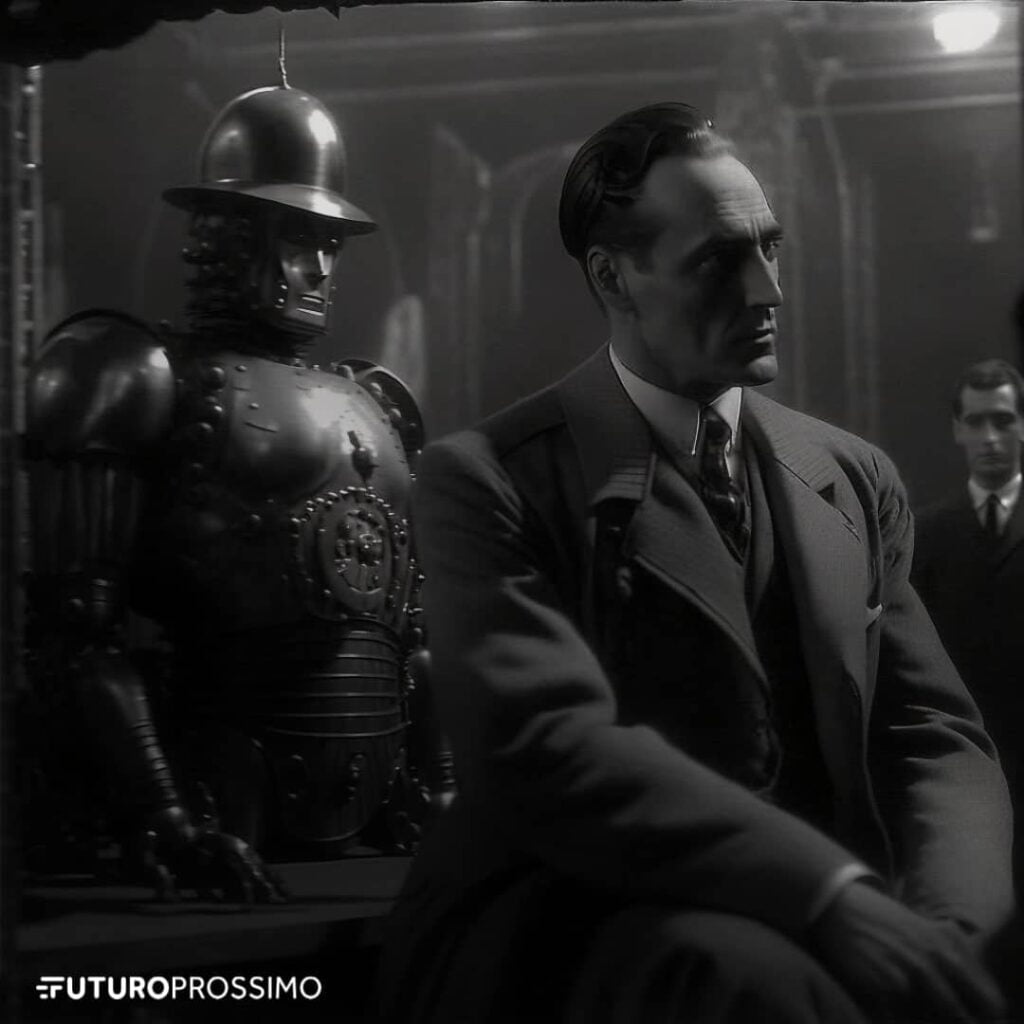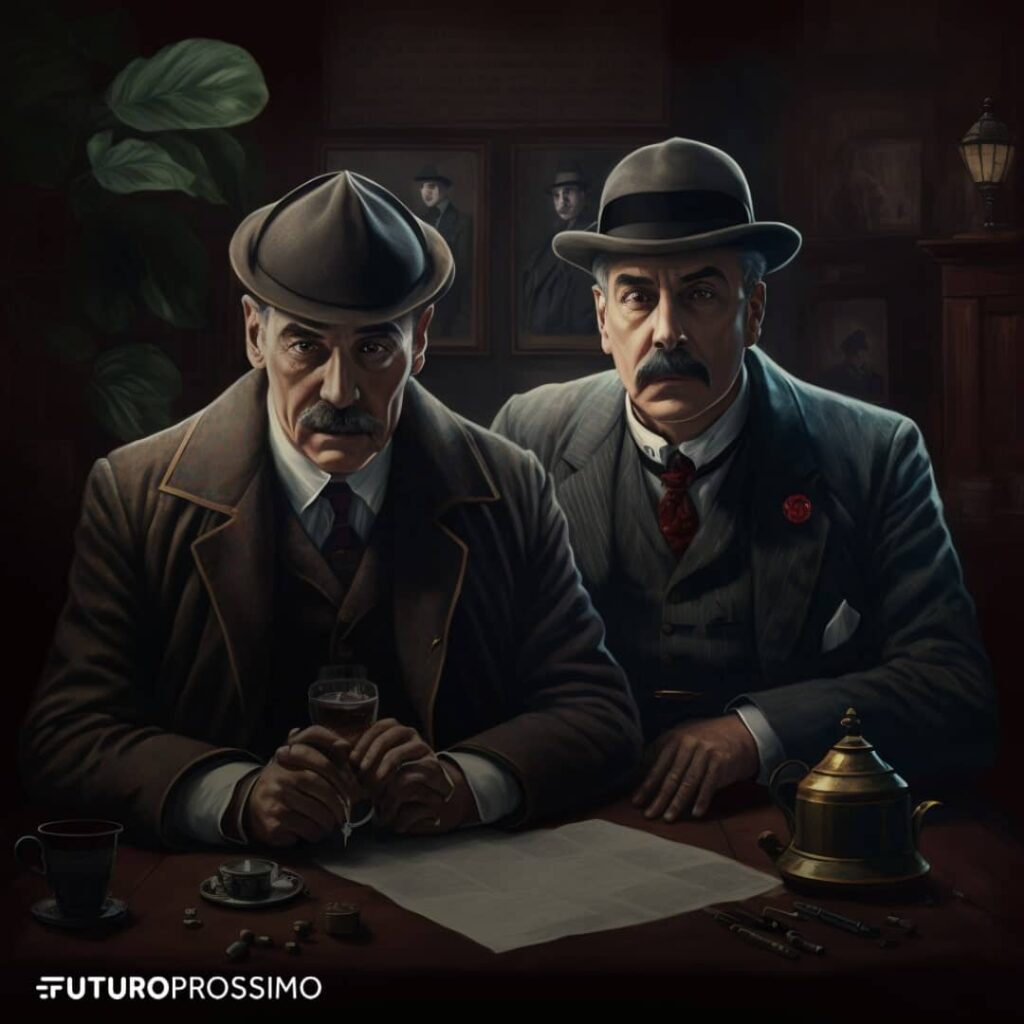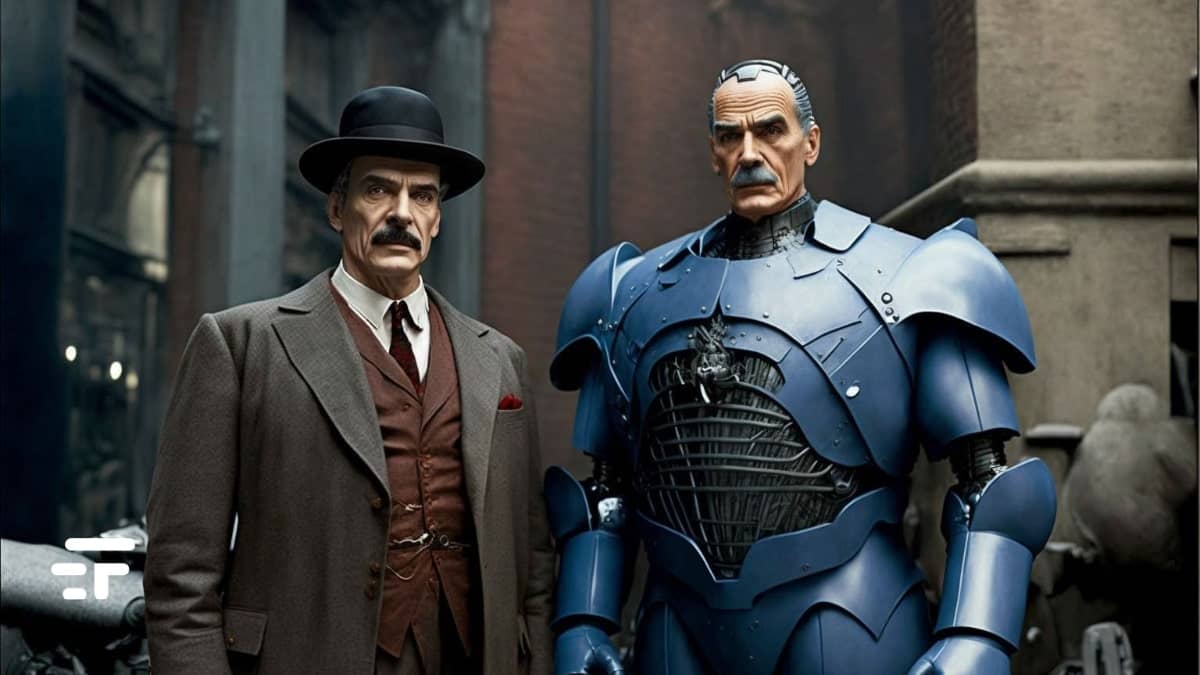There is one more reason to celebrate every arrival of the new year: more and more works are entering the public domain, thus freeing new creative ideas that were previously protected by copyright. Each country has its own rules in this sense, but if we think of the USA, probably the largest producer of content in the contemporary world, in a few days all the works published in 1927 will be "free". They will belong to the public, to us. To everyone.
For months the world of science fiction has been in excitement due to the arrival in the world of the public domain of Metropolis, Fritz Lang's masterpiece that inspired and anticipated generations of writers, some scientists and the idea of transferring consciousness into a machine. Gaudeamus igitur. There's more though: and it's really a lot of fat. Among these, for example, there is the latest series of Sherlock Holmes stories by Conan Doyle. Now anyone will be able to use the famous investigator and his assistant, John Watson, to rework and reinterpret his stories (perhaps solving modern cases): the "liberated" works are "The Adventure of the Veiled Tenant" and "The Adventure of Shoscombe Old Place”. In the meantime, get the audiobook of the premiere for free.
Lots of new creativity
As mentioned, when the works enter the public domain anyone can use, modify and distribute them for free. This is why the public domain plays an important role: and this is why copyright laws give authors essential rights to produce and disseminate works only for a limited period of time. When these rights expire, authors can use past works to create new ones. Adapting books into films, or turning songs into plays. This “legal reconstruction” process is a wonderful opportunity to exercise creativity. It's a bit like giving new life to these same works.
Public domain: who else is there?
Come on, we'll have something for all tastes. you want Hermann Hesse? There is “the steppe wolf”, the story of a man with a rather gloomy and shady character, who suddenly disappears leaving a compelling manuscript as a keepsake. How about Virginia Woolf? “Trip to the lighthouse”, which narrates the life of an entire family, and universal themes such as those of the parent-child relationship. We have the mystery with “Poirot and the Four”, by Agatha Christie (maybe one of her worst, but it's still her). And that “The Gangs of New York” by Herbert Asbury, a huge success at the cinema just a few years ago. Many others complete the public domain group, among which I would like to point out three gems:
- Men without women, by Ernest Hemingway;
- America, by Franz Kafka;
- The future of an illusion, of Sigmund Freud.
There's also some music
In 1927 there was good stuff, which we could now find in some sampling. Duke Ellington will “give” us two songs, Black and Tan Fantasy e East St. Louis Toodle-Oo (this last piece has already received homage, in 1993, from Steely Dan). Feel how wonderful! And then again works by Louis Armstrong and other authors.
The Crazy Twenties represent a key moment in popular culture, which is why public domain material will be so interesting. Last year, the expiration of the copyright saw the arrival of a very great Winnie Pooh: and it is no coincidence that the sweet little bear was immediately thrown into the fray. In a horror movie. Who knows how these new works will be used! While waiting I put down a couple of things with Midjourney, I hope you like this little gallery.







